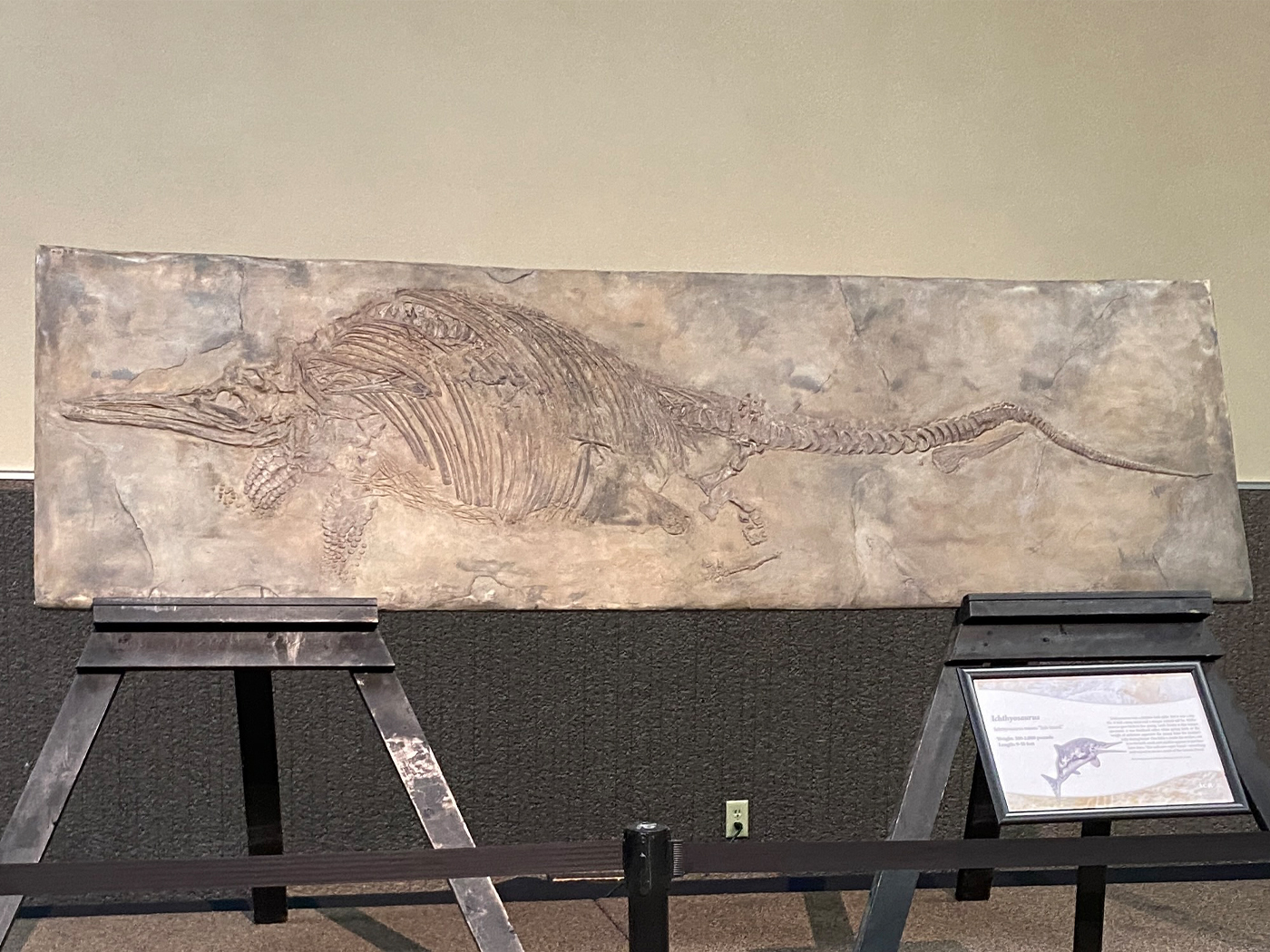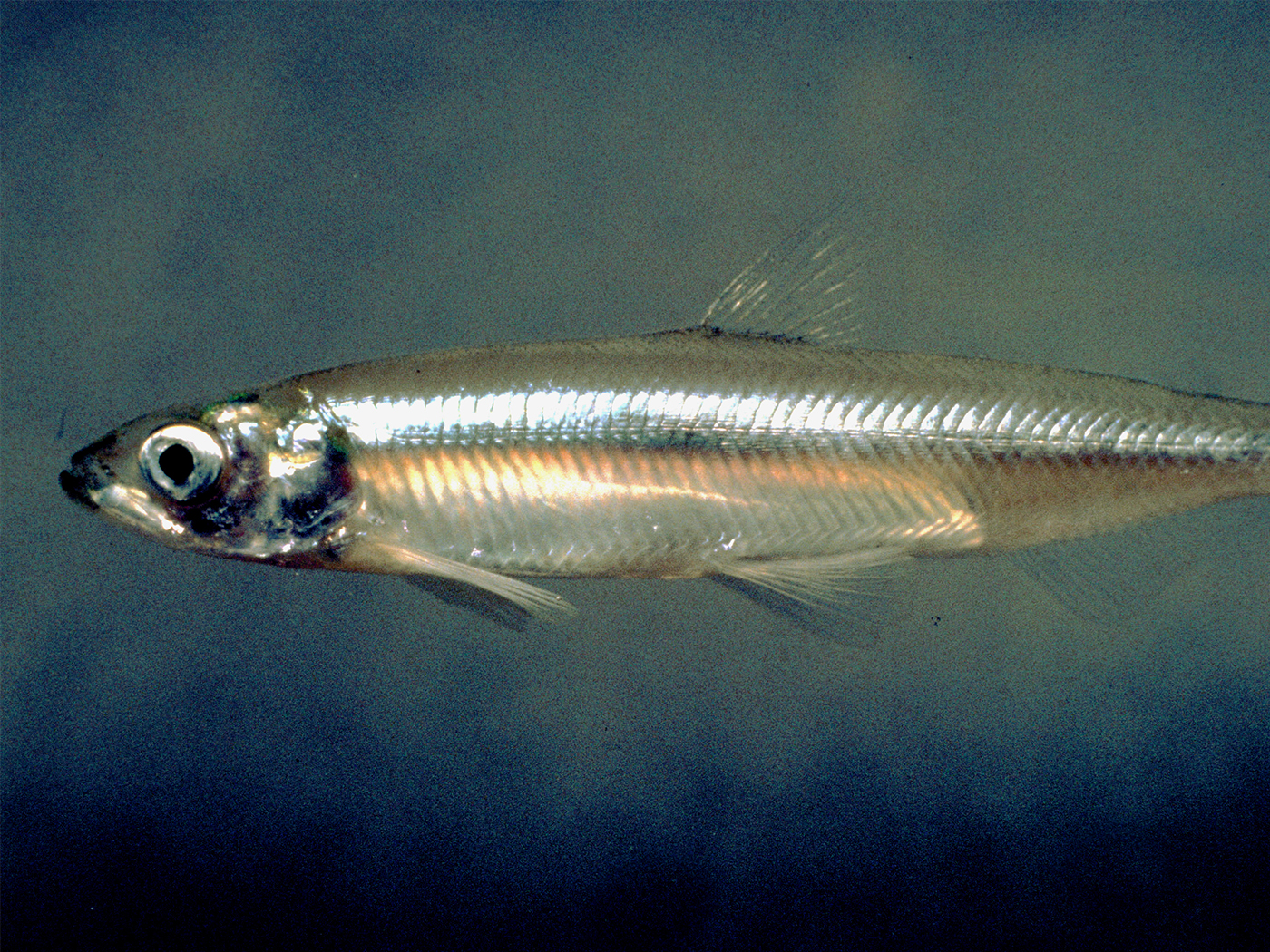The fossil record shows that the amazing variety of insects has remained similar with no compelling evidence of insect evolution. Evolutionists state, “Recent research is causing zoologists to rethink their perceptions of arthropod phylogeny.”1 In addition, secular entomologists must suppose flying insects somehow came from non-flying counterparts despite the lack of evidence.
One of the most popular hypotheses on the origin of flight states that wings may have evolved from rigid, gill-like lateral outgrowths of the thorax. Later, these fixed lobes could have been used in gliding….2
Meanwhile, science itself has shown mosquitos (Diptera) have always been mosquitos.3 Like all insects, there is no evidence of their supposed evolution from a non-mosquito ancestor, so they continue to fascinate and confuse entomologists with their incredible design. ICR has speculated on what they might have fed on prior to the Fall.4
Nature magazine recently published a fascinating article on high frequency mosquito flight.5 The authors of this comprehensive article discuss mosquito wing beats with “three axes and angles that define flapping wing kinematics [describing the motion of points]; stroke position, wing pitch angle, and deviation angle.”
In the past, zoologists (i.e., aerodynamicists) have used a procedure to monitor wing movement called quasi-steady modelling. However, for the mosquito, this approach could not “encapsulate wake capture, rotational drag and nonlinear vortex phenomena.”6 But the four researchers were successful in describing the “unusual wing kinematics” of the mosquito.
[We] produced a quasi-steady model that used dynamic force coefficients based on lift and drag polars at four Reynolds numbers [based on mean tip velocity and mean chord length] to highlight which wing-stroke forces are the result of unconventional mechanisms and are consequently poorly explained by a quasi-steady model.6
Complex? Of course! Mosquitos are tiny, but their narrow, long wings can flap as much as 800 flaps per second! Bees flap at a mere 230 per second, and hummingbirds at a sluggish 50-60 per second. God created two sophisticated mechanisms to enhance the mosquito’s lift that seem to be unique to these pesky creatures.
The last paragraph of the article has the required nod to evolutionism with the authors saying,
It remains an open question as to why mosquitos have evolved to operate far outside the usual bounds of kinematic patterns used by other insects.7
“Far outside the usual bounds,” as if these researchers really understand the limits of creation. Perhaps it’s the Creator’s way of informing secular researchers (and their readers) of the incredible case for creation seen in the smart wing rotation of the common mosquito.
References
- Miller, S. and J. Harley. 2013. Zoology, 9th ed. New York: McGraw Hill, 261.
- MIller and Harley, 267.
- Thomas, B. 2013. Bloody Mosquito Fossil Supports Recent Creation. Creation Science Update. Posted on ICR.org October 25, 2013, accessed April 10, 2017.
- Sherwin, F. 2013. Mosquitoes and the Fall. Acts & Facts. 42 (3): 9.
- Bomphrey, R., et al. 2017. Smart wing rotation and trailing-edge vortices enable high frequency mosquito flight. Nature. 544 (7648): 92-95.
- Bomphrey, 94.
- Bomphrey, 95.
*Mr. Sherwin is Research Associate, Senior Lecturer, and Science Writer at the Institute for Creation Research.
Article posted on April 24, 2017.


















